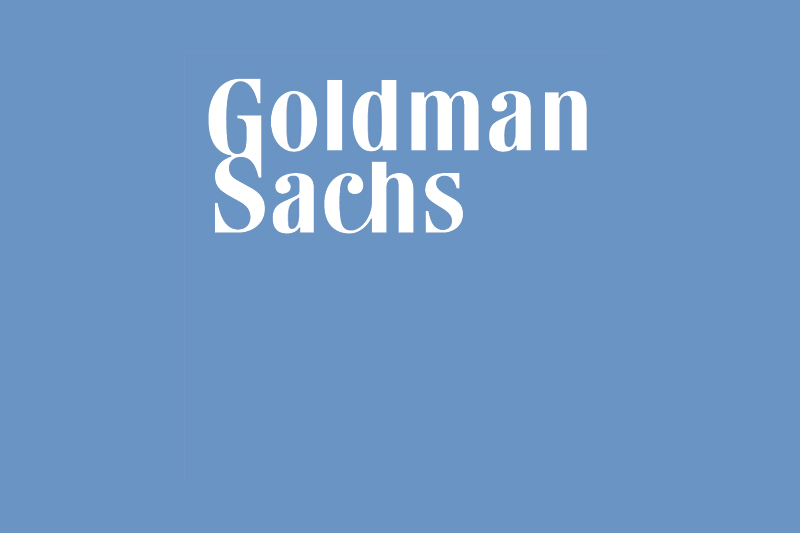By Senad Karaahmetovic
The markets will be closed on Friday (Good Friday) but the U.S. Bureau of Labor Statistics (BLS) is still due to release the March jobs report.
The Street is expected the U.S. added 239,000 jobs in March after the 311,000 increase in February. The unemployment rate is expected to stay at 3.6% while closely watched average hourly earnings are seen rising 0.3% month-over-month and 4.3% year-over-year. Finally, labor force participation is seen at 62.4%.
As always, the NFP print will be closely watched, especially after a series of bad data recently, including the ISM manufacturing and services prints, as well as the Labor Department's JOLTs (Job Openings and Labor Turnover Survey).
JOLTs showed that available positions fell to 9.9 million in February from 10.6M a month earlier. This marks the first sub-10M reading since 2021.
Moreover, the Labor Department data showed the number of seasonally adjusted initial jobless claims for the week ended on April 1 was 228,000, down from 246,000 last week. Surveyed economists had seen the weekly figure at 200,000.
What economists are saying
Citi economists expect 250,000 new jobs with the unemployment rate falling to 3.5%. Citi sees the Fed continue hiking to a terminal policy rate of 5.50-5.75%.
"This should help refocus the Fed on the need to continue to raise rates amidst a still-tight labor market. While this could help solidify a like rate hike in May, it will likely take many weeks of consistently strong inflation and activity data for markets to price out expectations for rate cuts, let alone reprice expectations for hikes. Markets are also likely to be particularly sensitive to downside surprises in all data over the coming weeks," they said in a note.
Goldman Sachs economists expect to see 260,000 jobs added. The unemployment rate is seen at 3.6%, labor force participation rate at 62.5%, while average hourly earnings are seen increasing 0.35% and 4.32% MoM and YoY, respectively.
"When the labor market is tight, job growth tends to normalize in March from a strong winter pace, and Big Data employment indicators indeed decelerated in the month," they wrote in a note.
UBS economists forecast that payroll employment expanded by 200,000 in March, which would be "robust but a stepdown in the pace of gains."
"After two months of seeing predominantly upside risks, in March the risks become somewhat more two-sided in our view," they said.
